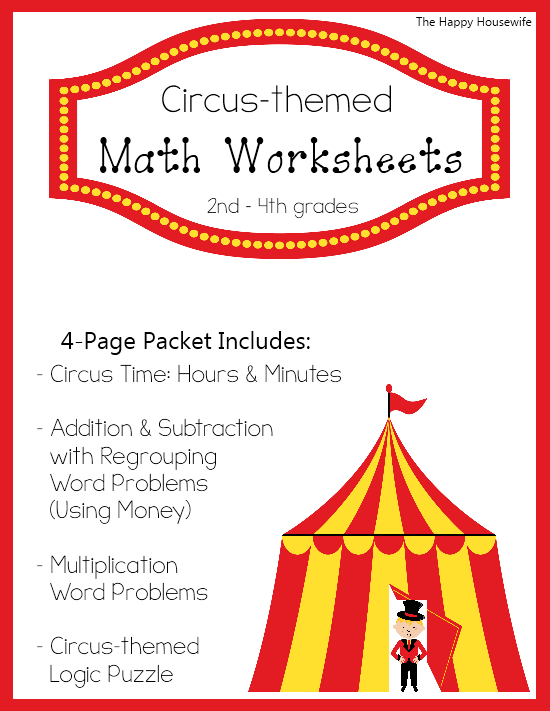The following is a post from contributing writer Colleen.
God is amazing. He created every animal with exactly the behaviors and structures they need in order to survive in the habitat He gave them. You can use a lesson about a mammal’s adaptations to help your kids see, not only how a favorite animal survives in its surroundings, but how God has that animal covered in His perfect plan.
Take the zebra, for instance. This majestic mammal has a striped hide. When it runs from a predator, the lines cause it to blur, confusing the predator. A single zebra is difficult to pick out from the rest of the herd as all of their stripes blend together. Their teeth are perfectly suited to chomping on the plants found in the savannah, and their strong legs enable them to run up to 40 miles per hour to escape predators.
Categories of Animal Adaptations
There are three important categories of animal adaptations to keep in mind as you help your child learn.
- Locomotion refers to how that animal moves in its environment. A guinea pig’s curled, sharp claws, with continually growing nails help it grip mountainous terrain in South America where it’s from.
- How the animal obtains food is an important adaptation as well. Mammals that prey on other animals have sharp teeth and good hunting skills.
- Protection from predators is a crucial adaptation. Some animals, like the white-tailed deer can sprint away from danger almost before they are seen. Rabbits have large, curved ears that draw the tiniest sound in so they can hear predators from far away.
Ways to Teach Animal Adaptations
1. Why not talk to your child about their favorite animal? Tell them that all of God’s creatures have behaviors or bodily structures that allow them to obtain food, protect themselves, and move.
Explain, using yourself as an example. You have strong legs that hold you upright and move along most types of terrain with little difficulty. You have teeth that can rip both plants and meat. You have intelligence that allows you to find shelter and weapons (if necessary) to protect yourself.
2. Have your child draw a picture of their favorite animal in their science notebook or on a piece of paper. Encourage them to add detail showing the animal’s natural habitat. Then, have your child label that animal’s adaptations, pointing out which is which.
3. The next time you watch a video, animal show, or head to the zoo, ask your child to point out the amazing adaptations God has given the animals that he or she is seeing. You’ll both be amazed at the forethought He showed when creating the magnificent animals on Earth.




















